Early Puritan colonists were notoriously modest, especially when it came to their clothing. But did you know they actually put laws in place to keep anyone from branching out with their own style?
They were called sumptuary laws, and they actually weren't the first community in history to crack down on fashion. In fact, restricting clothing options for citizens dates all the way back to ancient Rome.
The Puritans put their own special spin on the idea, of course. Contrary to popular belief, that didn't mean they were only allowed to wear the black and white frocks we're used to seeing on Thanksgiving decorations.
There were plenty of other surprisingly strict rules they were all expected to follow, though — especially when it came to folks with less money in their wallets.
Take a look at what Puritan fashion was really like back in the day.
And be sure to SHARE the fascinating glimpse into the past with your friends on Facebook!
[H/T: New England Historical Society, City College of New York]
1. "The Scarlet Letter" Was A Real Thing
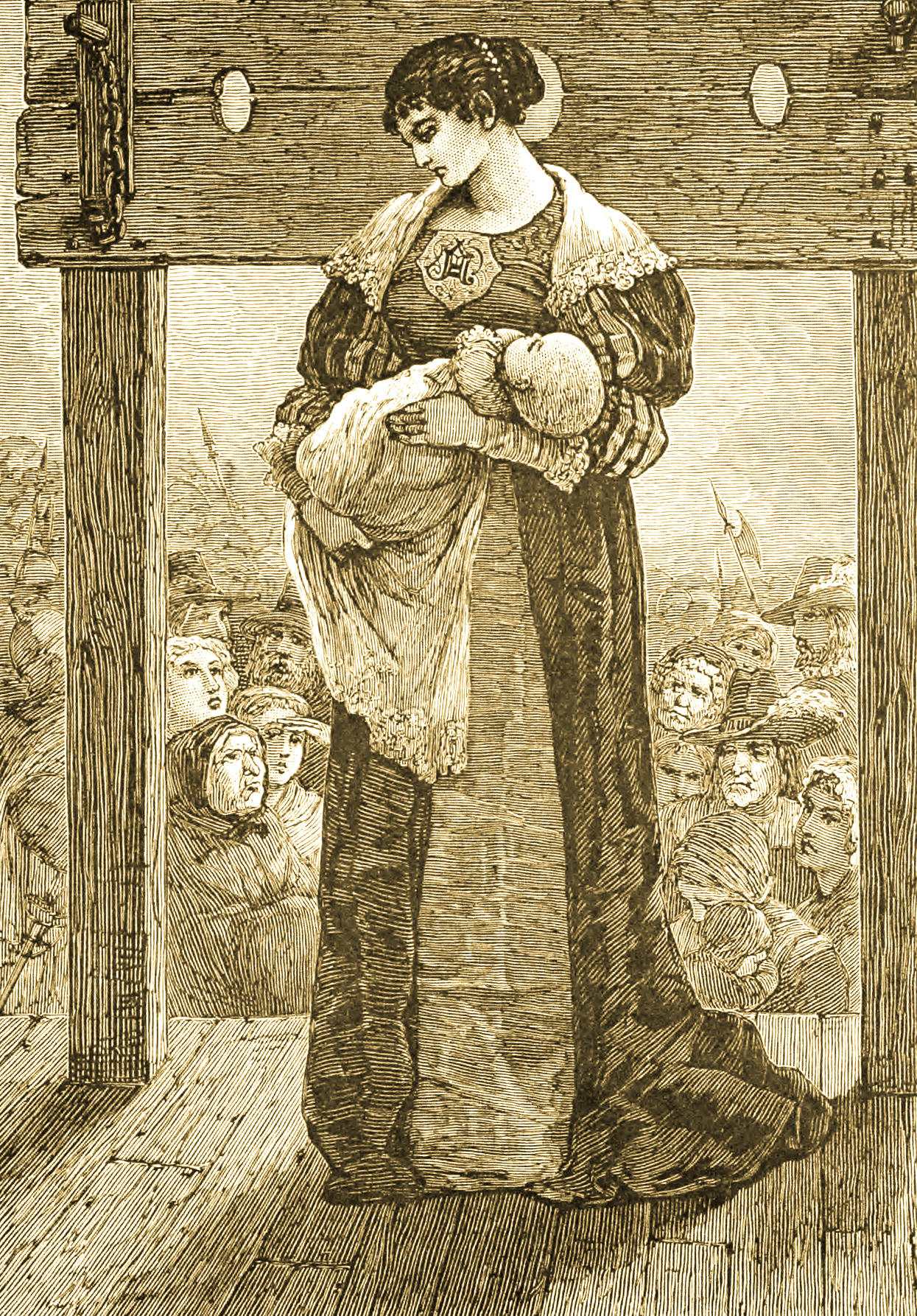
It seems pretty farfetched by today's standards — forcing someone to embroider a letter onto their daily outfits if they were to get in trouble with the law, as in Nathaniel Hawthorne's famous novel. But that was actually practiced by Puritans.
According to research from the City College of New York, anyone accused of being a drunkard would be forced to wear a large "D" on their chest, a thief would wear "T," and so on.
2. Poor People Weren't Allowed To Wear Silk Hoods And Scarves
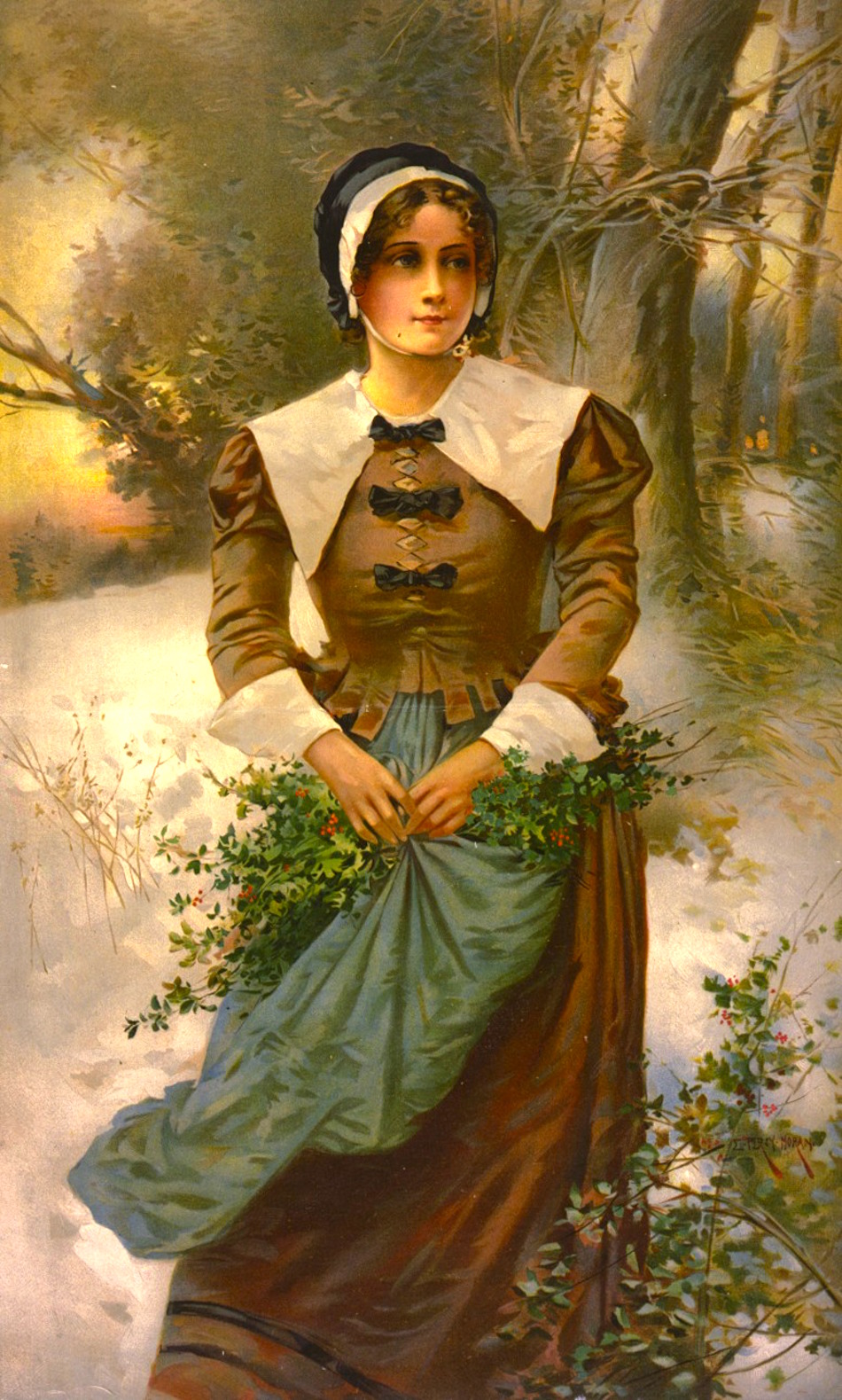
The New England Historical Society explains that colonial courts deemed silk hoods and scarves were reserved solely for magistrates, military officers, high-ranking officials, and anyone who could prove they had more than $200 to their name.
3. Masks Were For Protection From Elements Only
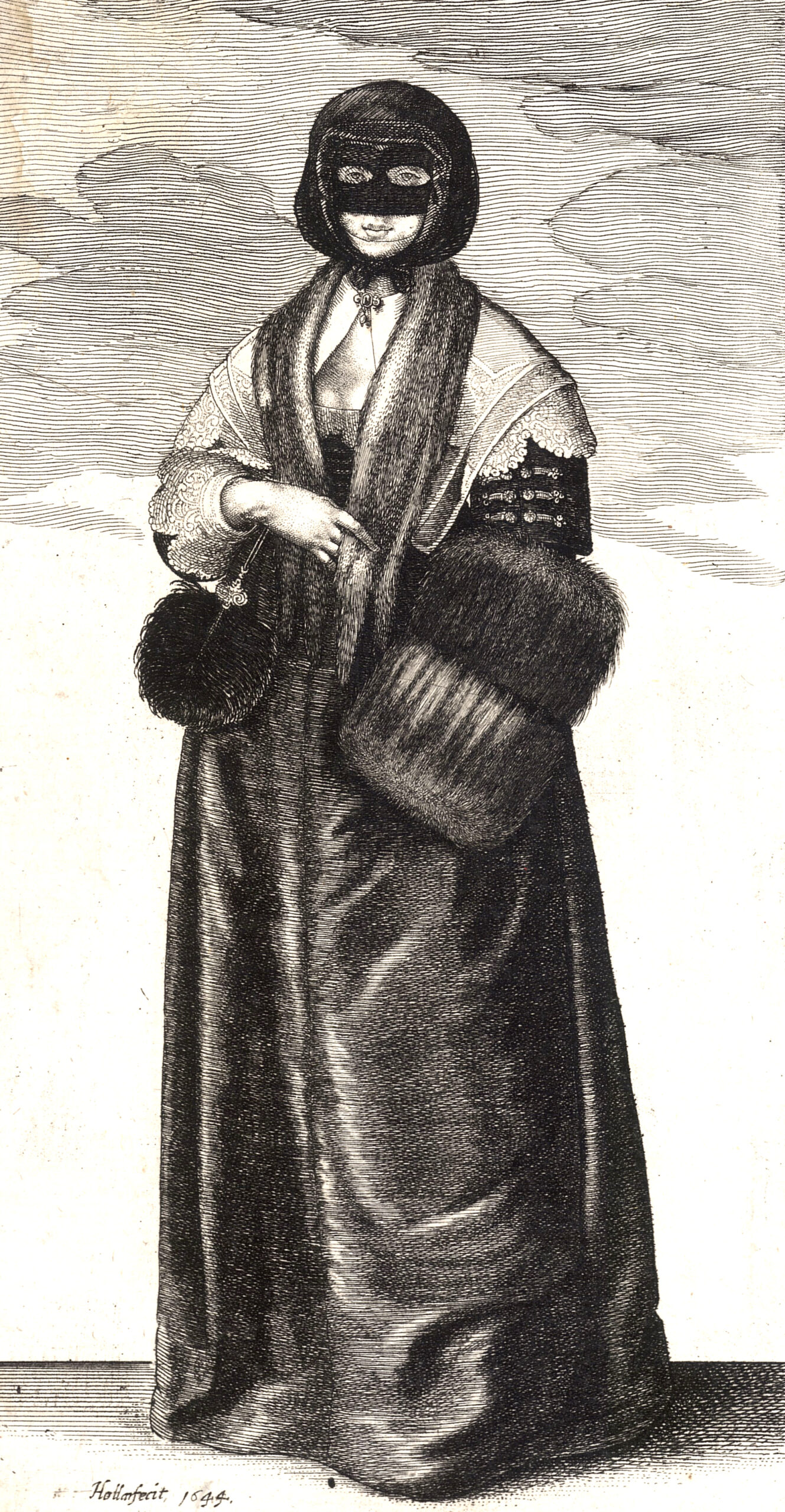
In 1645, a court ruling forbade anyone from wearing a mask for "improper purposes," which apparently meant any other reason than keeping a face protected from sun or wind.
4. Short Sleeves Were Strictly Prohibited

This became a rule in 1638. Anyone who wished to continue wearing the short-sleeved clothing they already owned could only do so if they had something to cover up their arms all the way to the wrist.
5. Lower-Class "Slashed" Sleeves Were Closely Monitored
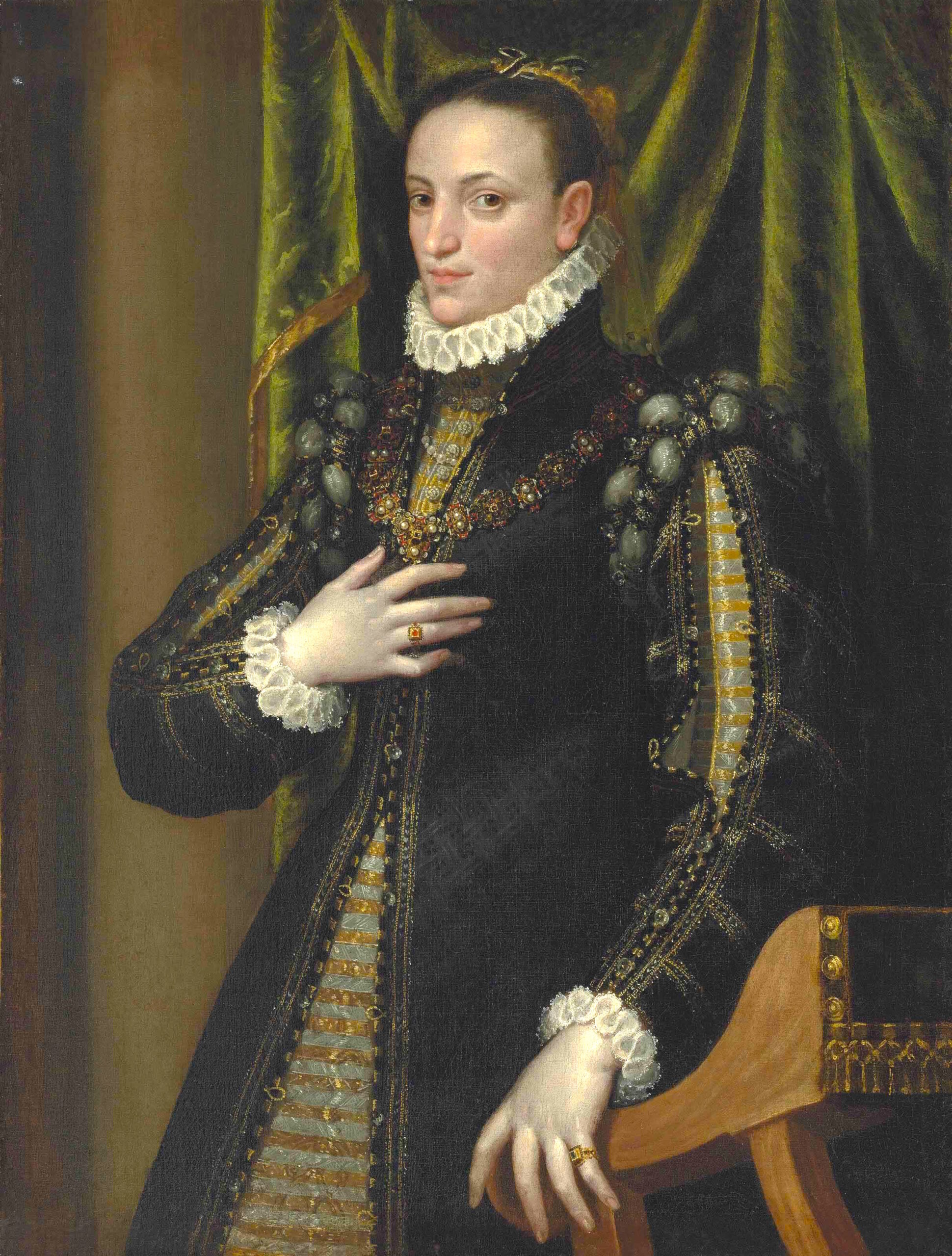
The style shown above became popular in England long before the colonists made their way across the pond.
While the peekaboo sleeves weren't strictly prohibited, lower-class residents were restricted to only one slash in their sleeves and on the back of their doublet.
6. Gold And Silver Thread Were Big No-Nos

The flashy fashion trend shown here, on Margherita of Savoy, Duchess of Mantova, was banned by the courts in 1634 — along with fancy lace accents.
7. They Couldn't Embroider Any Embellishments
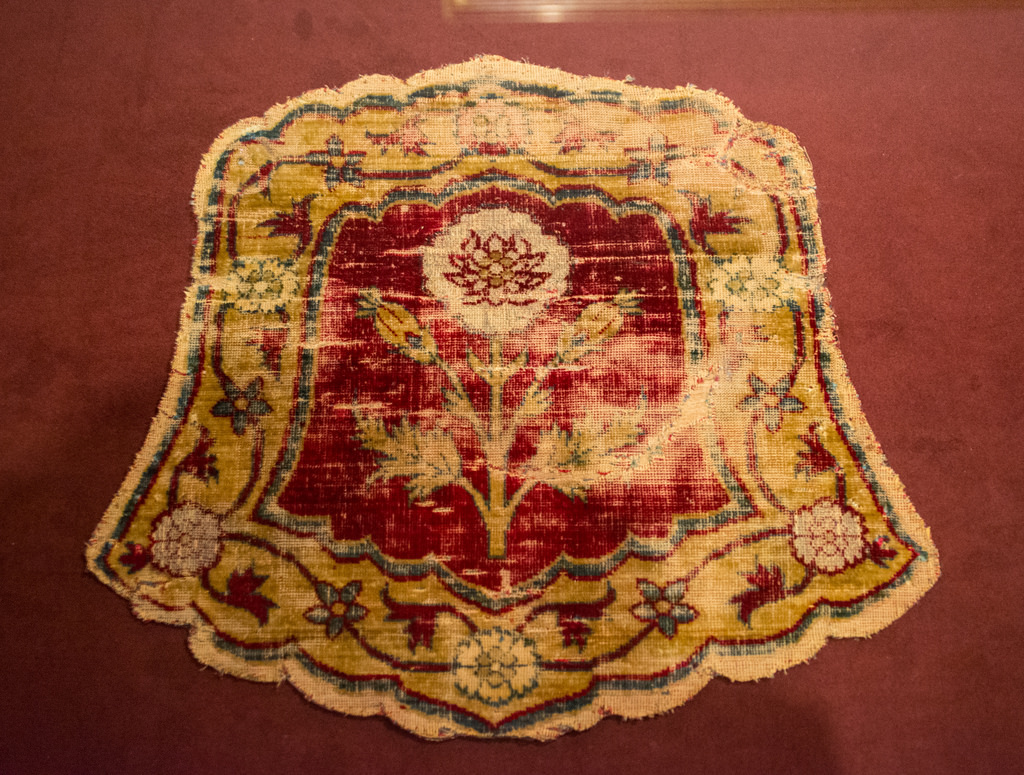
Unless it was one of the scarlet letters, they were forbidden from embroidering or using needlework to give their outfits an extra dash of style "under aforesaid penalty."
8. The Lower Class Couldn't Wear Pointy Boots
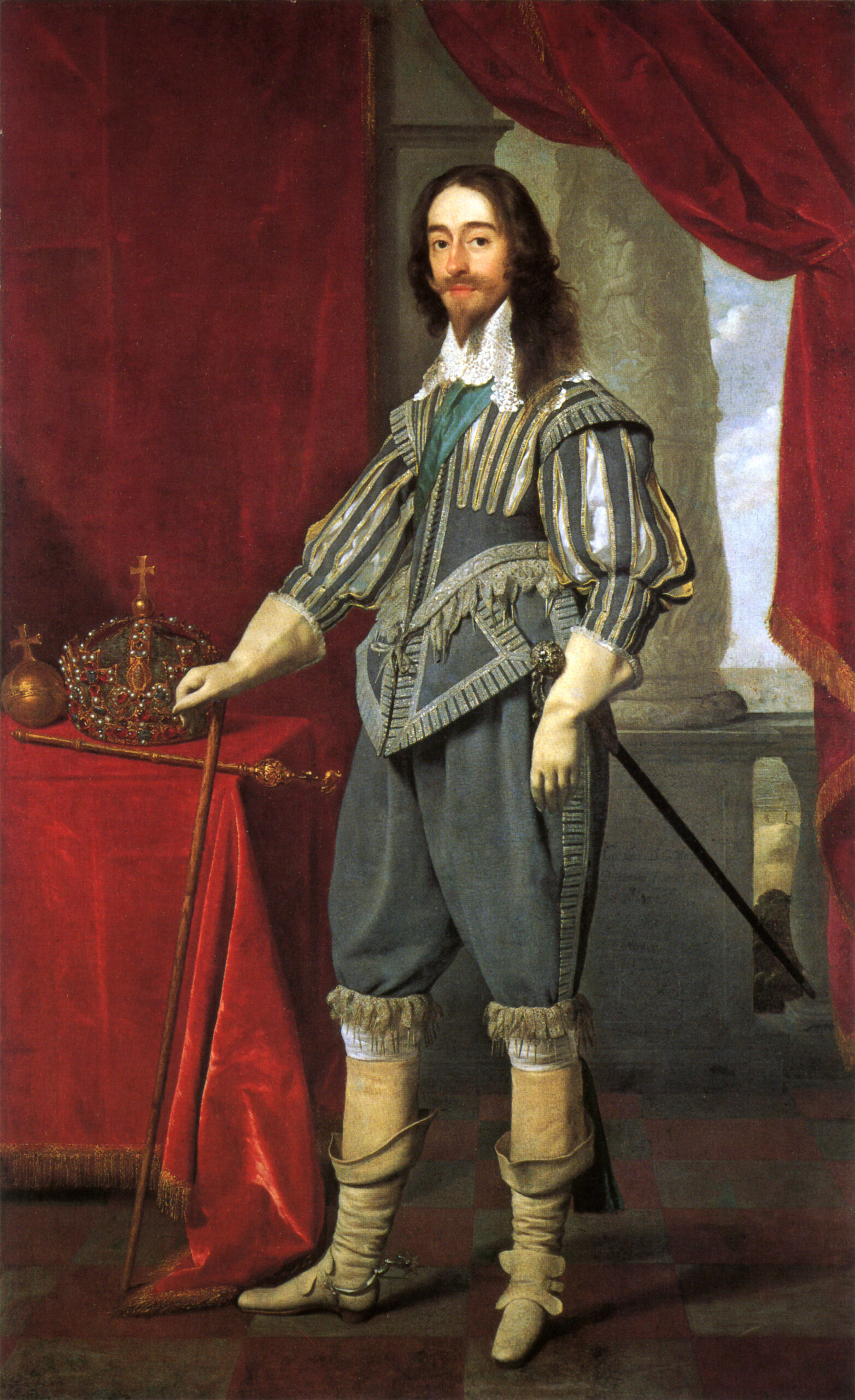
Not referring to the toe of the boot, but rather the part that extends up toward the knees. Buttons on the boots were also frowned upon when worn by lower-class folks.
Apparently the courts believed it was in very bad taste for someone to parade around in them without being "persons of greater estate."
Of course King Charles I of England, shown above, would have passed the monetary test if he wasn't already breaking so many other rules.
Were you surprised by any of the strict rules for Puritan fashion?
Be sure to SHARE the glimpse back at history with your friends on Facebook!




